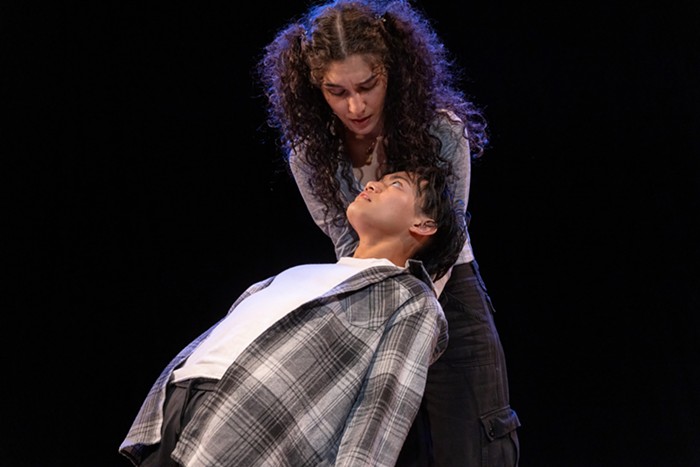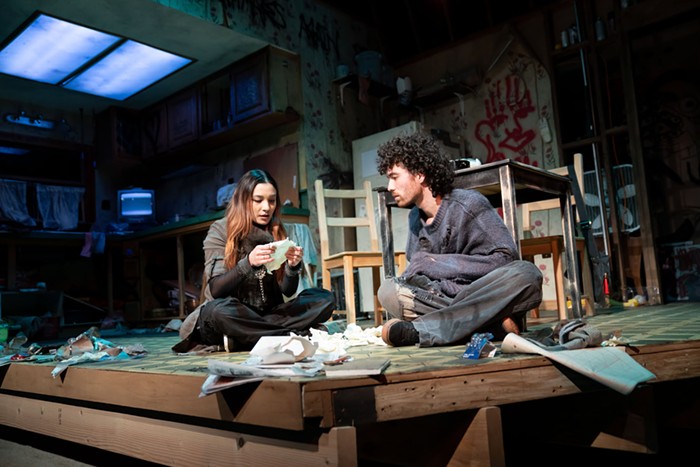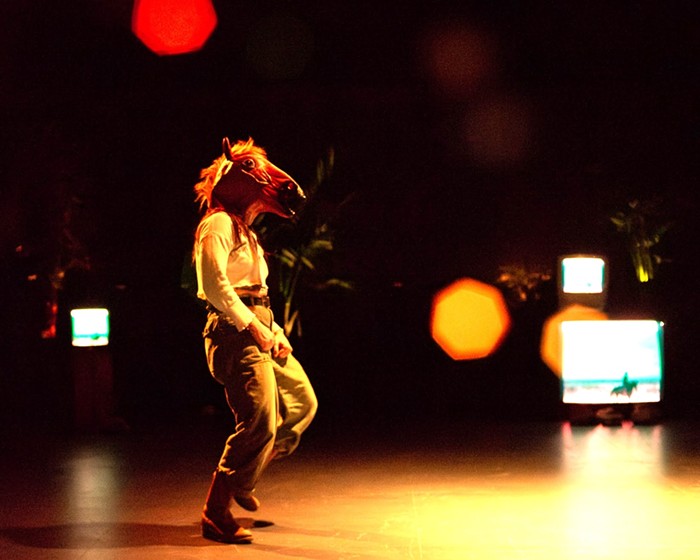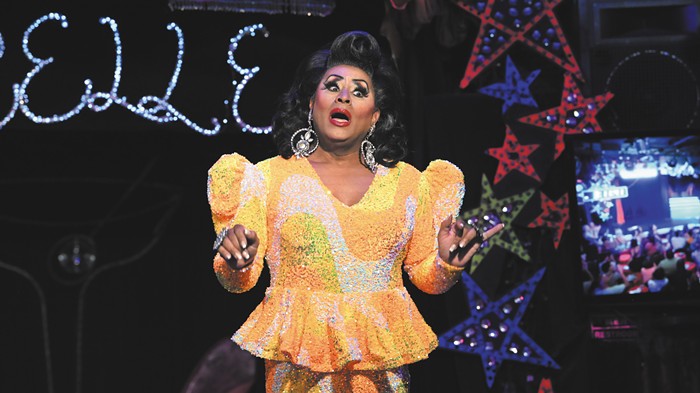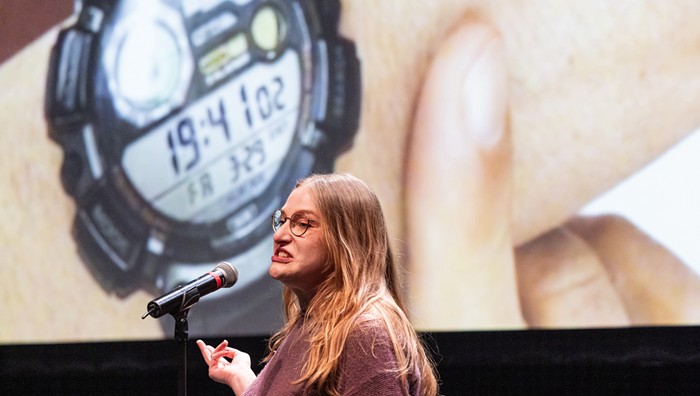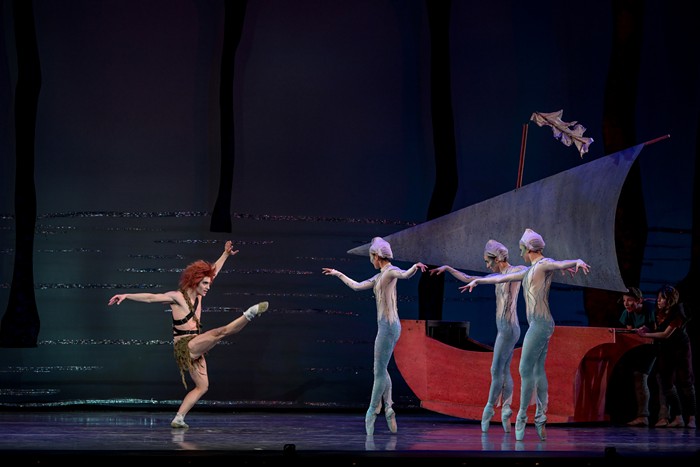It begins with an avocado.
In the impeccable home of Kelly (Valerie Stevens) and Clay (Damon Kupper), something has been gnawing on the avocadoes. Protective yuppie overparenters that they are, the couple are determined that no squirrel or rat is going to threaten the life they've built. That they are mistaken about the avocado culprit is only one of the errors they make over the course of The Pain and the Itch. These characters, written with a complete lack of sympathy by playwright Bruce Norris, have convinced themselves that their intentions are better and less selfish than they actually are; their self-justifications occupy the bulk of the Third Floor's dark and intermittently comic season opener.
The Pain and the Itch takes direct aim at its audience: Its deeply unlikeable characters are affluent, left leaning, and well meaning—just the type to have season tickets at all the best local theater companies.
And perhaps this show's aggressive send-up of lefty self-interest will come as a thrilling slap in the face to those who see themselves reflected onstage. For those of us who don't, however, it's two hours of listening to assholes shout at each other. (Of course, tickets to the show are upward of $30. The audience will self-select.)
The bulk of the story is told in flashback form, as Clay and his family tell the story of an ill-fated Thanksgiving to a visiting taxi driver, Mr. Hadid (John San Nicholas), for reasons that don't become clear until the end of the show. Mr. Hadid occasionally interrupts to ask questions that jarringly disrupt the scenes Clay and his family are describing: How much did your shoes cost? How expensive is this neighborhood?
More so than the jabs at hypocrisy and jokes about overparenting, these moments call into question the very foundations of the world Clay and Kelly live in, effectively drawing attention to the scope and breadth of the privilege these people take for granted.
Third Rail's new home at the Winningstad offers them far more flexibility than their old digs at the World Trade Center, and they take full advantage of a more intimate and versatile space with an intricate, multi-tiered set: a superficially beautiful home, with something festering inside. (Spoiler: The festering? It's in a little girl's vagina. True!) The satire that's slung within, however, is too cartoonishly overdrawn to really sting.

